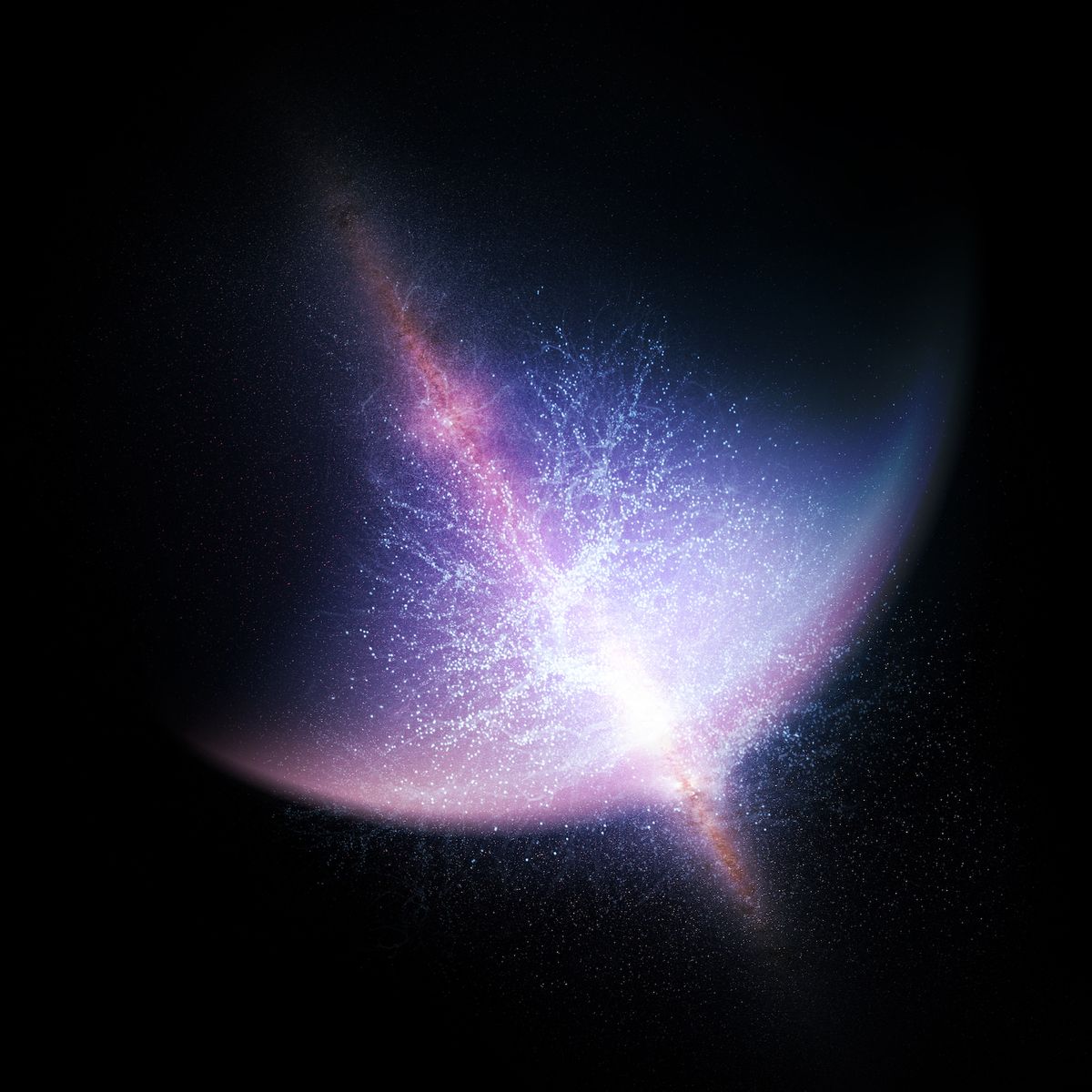
Jun 11, 2021
1 min, 3 secs
A newly discovered crescent of galaxies spanning 3.3 billion light-years is among the largest known structures in the universe and challenges some of astronomers' most basic assumptions about the cosmos. .Its discovery was "serendipitous," Alexia Lopez, a doctoral candidate in cosmology at the University of Central Lancashire (UCLan) in the U.K., told Live Science.
Lopez was assembling maps of objects in the night sky using the light from about 120,000 quasars — distant bright cores of galaxies where supermassive black holes are consuming material and spewing out energy.
Related content: Cosmic record holders: The 12 biggest objects in the universe.Astronomers have long adhered to what's known as the cosmological principle, which states that, at the largest scales, matter is more or less evenly distributed throughout space. .
"There have been a number of large-scale structures discovered over the years," Clowes told Live Science.—The strangest objects in the universe.But the current standard model of the universe is founded on the cosmological principle, Lopez addedSome research has suggested that structures should reach a certain size and then be unable to get larger, Pomarède told Live ScienceYet he isn't quite ready to toss out the cosmological principle, which has been used in models of the universe for about a century